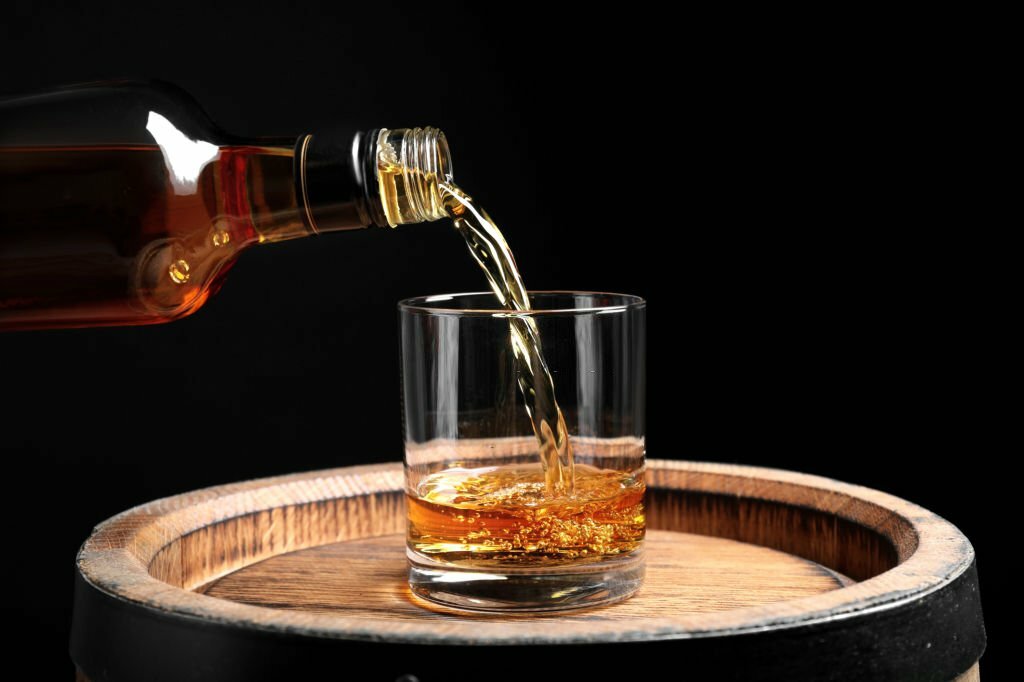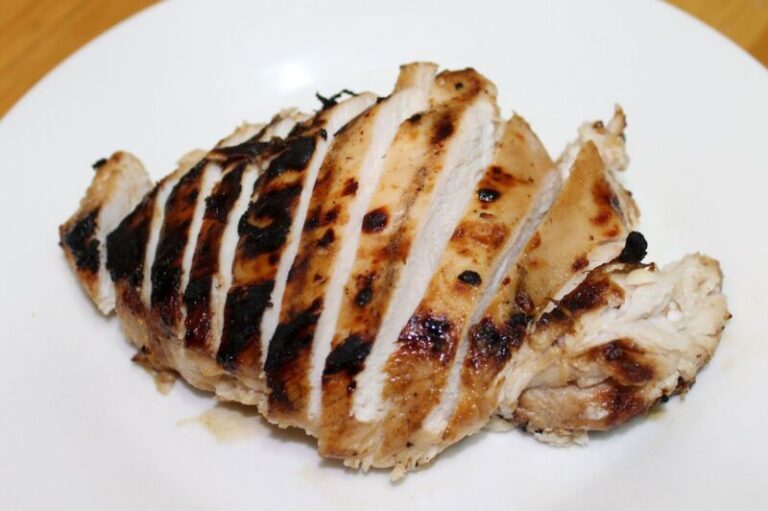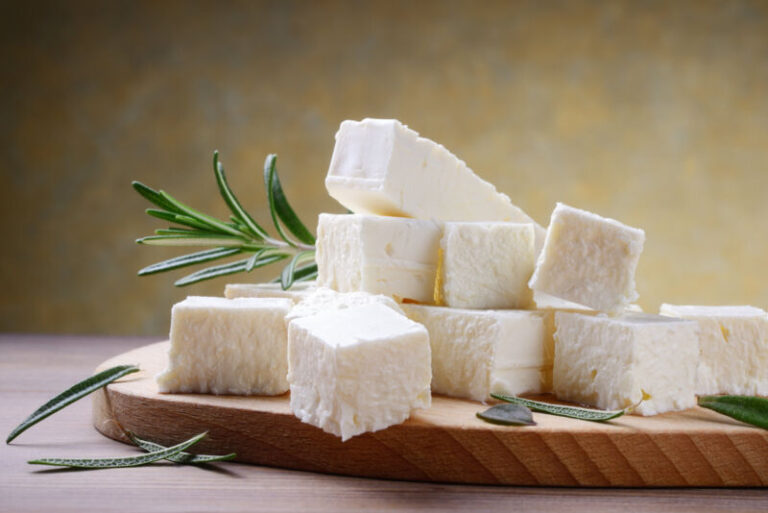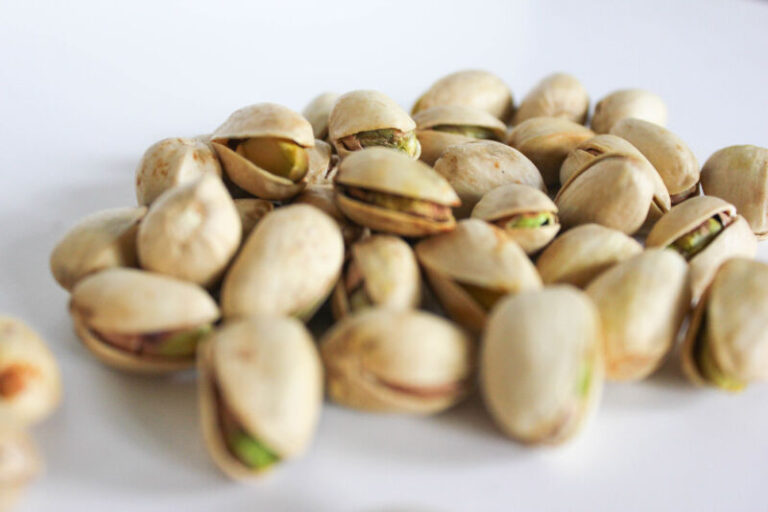Why Does Whiskey Taste So Bad?
Whiskey is an immensely popular alcoholic drink around the world. However, not everyone is a fan of its strong, robust flavor. If you’re someone who thinks whiskey tastes bad, you’re definitely not alone. There are several reasons why whiskey may taste unpleasant to you. With some knowledge and experimentation, you may be able to get over your aversion and learn to appreciate this classic spirit.
We All Have Different Taste Preferences
First off, it’s important to recognize that taste is highly subjective. We all have different preferences and sensitivities when it comes to flavors. Just because you dislike whiskey doesn’t mean it’s objectively bad. Your friends or family members may adore it while it makes you cringe. That’s perfectly normal.
There are so many varieties of whiskey out there, each with their own unique characteristics. It’s impossible for one person to enjoy every single kind. Don’t feel bad if your tastes don’t align with whiskey enthusiasts. Stick to what you genuinely like, whether that’s vodka, gin, rum or something else entirely.
Limited Experiences Can Shape Perceptions
Another thing to consider is that your perception of whiskey may be shaped by limited experiences. If the first few whiskeys you tried were low quality or consumed incorrectly, you probably formed a negative impression that biased future tastings. This phenomenon is called anchoring.
Even many self-professed whiskey lovers admit they hated the spirit after their initial youthful encounters with cheap varieties or excessive drinking. It took an open mind and willingness to try different types and consumption methods before they appreciated whiskey. Don’t write it off completely without first experimenting more mindfully.
5 Reasons Whiskey Might Taste Bad to You
There are some common reasons why whiskey elicits a negative reaction in some people. Understanding what factors may be at play for you can help overcome them. Here are 5 potential causes for whiskey’s unpleasant taste:
1. You’re Mostly Tasting the Alcohol, Not the Flavors
Whiskey packs a boozy punch, typically containing 40% alcohol by volume (80 proof). This high concentration makes the spirit quite potent and pungent. For inexperienced drinkers, the prominent alcohol flavor can overpower the underlying layers of complex flavors. The bourbon, smoke, vanilla, fruit, and spice notes are hidden behind an ethanol effect.
2. You Don’t Know How to Properly Taste Whiskey
Whiskey has a ritual and technique to it in order to extract all its subtle characteristics. If you don’t know how to nose, taste and analyze the spirit properly, you’ll miss its depth and nuance. Taking quick shots or mixing with lots of soda prevents perceiving the tastes. Sipping neat, adding a few drops of water, and using a Glencairn glass allows whiskey’s profile to develop.
3. You’re Drinking Low-Quality Whiskey
Cheap whiskey can understandably taste harsh and unpleasant. Certain flavorsbecome exaggerated while complexity gets lost. Premium whiskeys have careful crafting that creates smoothness and balance. Bottom-shelf bottles often have a burning sensation, amplified ethanol flavor and lack of pleasant notes.
4. You Just Don’t Like Certain Flavors
Whiskey contains compounds that produce powerful, potentially divisive flavors: oak tannins, spice, smoke. Maybe your palate finds these notes unappealing in an intense spirit like whiskey, but would enjoy them more subtly integrated into wine or beer. Think about which characteristics you dislike to determine if they are just incompatible with your taste preferences.
5. The Whiskey Has Gone Bad
If a whiskey tastes off, it could be past its prime. Over time, oxidation and poor storage conditions can cause the spirit to go bad. Signs of spoilage include a dull color, faded aroma, lack of flavor, harshness, and acidic or bitter notes. A whiskey you previously enjoyed likely won’t taste pleasant if it has aged beyond ideal.
What You Can Do If You Dislike Whiskey
Don’t lose hope if you fall into the whiskey hater camp. There are ways to potentially get over your aversion with an open mind and a bit of experimentation. Here are some suggestions:
- Try other styles of whiskey like Scotch, Irish, or Japanese that offer different characteristics than bourbon.
- Add a few drops of water to open up flavors and dilute the alcohol burn.
- Put whiskey on ice or refrigerate before drinking to mellow the intensity.
- Acquire a Glencairn or copita glass to allow aromas to develop.
- Focus on nosing and chewing each sip to search for subtle flavors.
- Avoid bottom-shelf, cheap varieties and go for well-crafted premium brands.
- Try whiskey cocktails that balance and complement the spirit. An Old Fashioned or Manhattan can be great starters.
- Take a distillery tour and tasting to learn proper whiskey drinking technique from experts.
Detailed Explanations of 5 Reasons Whiskey Tastes Bad
Now let’s dive deeper into the main factors that can make whiskey unpalatable and how to overcome them.
You’re Only Tasting the Alcohol
One of the biggest reasons novice whiskey drinkers recoil at the taste is the high alcohol presence. Bourbon in particular must be distilled to no more than 80% ABV (160 proof) and entered into barrels for aging at no more than 62.5% ABV (125 proof). Most are then bottled at 40-50% ABV (80-100 proof).
This high alcohol concentration means strong ethanol flavors that can mask the subtle notes matured in the barrels. The bourbon, vanilla, caramel, and oak get drowned out by pure alcohol burn. Your tongue and nostrils are overwhelmed by ethanol vapors rather than complex aromas.
Here are some tips to get past the alcohol taste and experience whiskey’s intended flavor profile:
- Add a few drops of water to proofs of 90 and above to open up and dilute the whiskey. Around 3-5 drops per 1 oz. pour is a good starting point.
- Use whiskey stones or add ice to chill the spirit and restrain the alcohol vapors. Take small sips as it warms up.
- Invest in a proper Glencairn glass which allows aromas to develop and guides spirits to suitable tongue areas.
- Take very small sips and nose the whiskey before and after tasting to acclimate your senses.
- Over time, your palate will become more accustomed to whiskey’s alcohol level and able to focus on the intended flavors.
You Don’t Know How to Drink Whiskey
Many whiskey beginners aren’t aware of the proper tasting technique required to appreciate the spirit. They mistakenly shoot it quickly like a vodka shot or drown it in mixers. This prevents experiencing whiskey’s intended aromas, tastes and mouthfeel.
Here’s a primer on how to properly nose, taste and analyze whiskey:
- Start by deeply nosing the spirit to detect fragrances of vanilla, caramelized sugar, light fruits and charred oak. Use a Glencairn glass to capture scents.
- Take a small, 1⁄2 teaspoon-sized sip and let whiskey coat your tongue before swallowing. Taste buds near the tip detect sweetness while the back of the tongue picks up oak and spice.
- Chew the whiskey! Let it interact with your mouth to extract flavors. A few drops of water can help unleash more nuances.
- Note the texture and mouthfeel of the whiskey as you swallow. Higher proofs produce more warmth and body.
- After swallowing, breathe out through your nose to detect lingering scents left behind in your nasal passage.
- Add drops of water slowly while repeating above steps to continue opening up flavors and aromas.
Following this method prevents whiskey’s complexity from being lost via improper drinking. Nosing, chewing and breathing are key to unlocking the taste.
Drinking Low-Quality Whiskey
Not all whiskeys are created equal. Cheap, bottom-shelf bottles are unlikely to taste very appealing. Low-grade spirits have compounds and characteristics that amplify harshness and burn. They lack the smoothness and balance of a well-made whiskey.
Here are some of the flaws found in inferior whiskies:
- Overpowering alcohol vapors from low quality distillate and faster aging. Burns rather than warms.
- Excess wood tannins from small, used barrels create bitterness and astringency.
- Sulfur-based flavors from poor distillation techniques evoke rotten eggs or rubber.
- Minimal complexity or nuance from shortcutting the whisky-making process.
- Unpleasant harshness and bite from impurities and poor aging conditions.
To avoid these issues, invest in quality, well-crafted whiskey. While more expensive, premium brands avoid flaws and offer smoothness. Look for:
- Carefully sourced and distilled grain using traditional techniques
- Aging in quality, virgin oak barrels for proper maturation
- Complexity and balance of flavors without bite or harsh edges
- Enjoyable warmth and mouthfeel rather than just alcohol sting
- No off-putting sulfur, astringent tannins or rubbery flavors
Give your palate the best opportunity by sampling well-made whiskey.
You Just Don’t Like Certain Flavors
Whiskey contains certain compounds that create dominant flavor characteristics:
- Vanillin from oak barrel aging produces vanilla sweetness
- Ethyl lactate provides creamy, buttery flavor
- Tannins from the oak give tea-like dryness
- Peat smoke (in some Scotches) offers earthy smokiness
- Rye imparts spiciness while wheat brings softness
Maybe your individual palate doesn’t appreciate the drying tannins or savory smoke flavors. If you dislike oak, vanilla, or spice, whiskey may simply clash with your taste preferences. Think about which flavors you find unappealing.
Don’t force yourself to endure whiskey if your tastebuds reject key components. Consider trying other spirts like rum, gin or vodka that better align with your flavor affinity. Drink what you genuinely enjoy, not what you feel expected to like.
The Whiskey Has Gone Bad
If you’re drinking a whiskey you previously enjoyed that now elicits a nasty taste, it may have gone bad. Whiskey oxidizes over time which degrades its flavor. Poor storage accelerates decline. Signs of a spoiled whiskey:
- Dull, faded color rather than rich reddish-brown. Turning dark brown or murky.
- Flat or off aromas signaling collapsed fragrances. Smells musty or rotten.
- Lack of flavor besides harsh alcohol. All complexity erased.
- Bitter, unpleasant taste with acidic or vinegary notes.
- Astringent, dry mouthfeel from degradation tannins.
- Soapy or rubbery flavors from lipid oxidation and sulfur compounds.
Prevent whiskey spoilage by:
- Storing bottles upright to keep corks moist and seals tight
- Keeping away from direct light which accelerates reactions
- Maintaining a cool, stable temperature around 60-65°F
- Finishing bottles within 2-3 years of opening
- Monitoring fill level and re-corking partial bottles with minimal ullage
Proper aging and storage keeps whiskey tasting its best. Discard bottles showing signs of oxidation.
Solutions So You Can Enjoy Whiskey
Hopefully examining the potential reasons you find whiskey unpalatable gives insight into overcoming them. Don’t give up on appreciating this classic spirit after just a few off-putting encounters. Here are some final tips to help whiskey taste better:
- Try sipping whiskey very slowly – micro sips allow your palate to acclimate to the alcohol intensity.
- Add a few drops of water at a time to find the right dilution that unlocks flavors.
- Refrigerate whiskey for 30-60 minutes before pouring to restrain the alcohol burn.
- Nose over and over, and let whiskey coat the tongue. Chew each sip.
- Invest in a quality whiskey glass like a Glencairn to enhance nosing and tasting.
- Seek expert guidance via distillery tours and whiskey tastings. Learn proper sipping technique.
- Try more high-end, smooth, balanced whiskey expressions. Avoid bottom shelf bottles.
- Experiment with whiskey cocktails that harmonize flavors. An Old Fashioned is a good classic choice.
- Find a whiskey enthused friend to help you on your journey. Share pours and impressions.
- Give your palate time to acclimate. You may discover more enjoyable characteristics with each subsequent tasting.
While whiskey may never become your absolute favorite spirit, an open mind and focused exploration can help you better appreciate it. But if it still makes you shudder after earnest effort, nothing is wrong with you! Stick to what you genuinely enjoy sipping.
And if you have any extra whiskey that’s just not to your taste, feel free to send the bottles my way for proper disposal!






